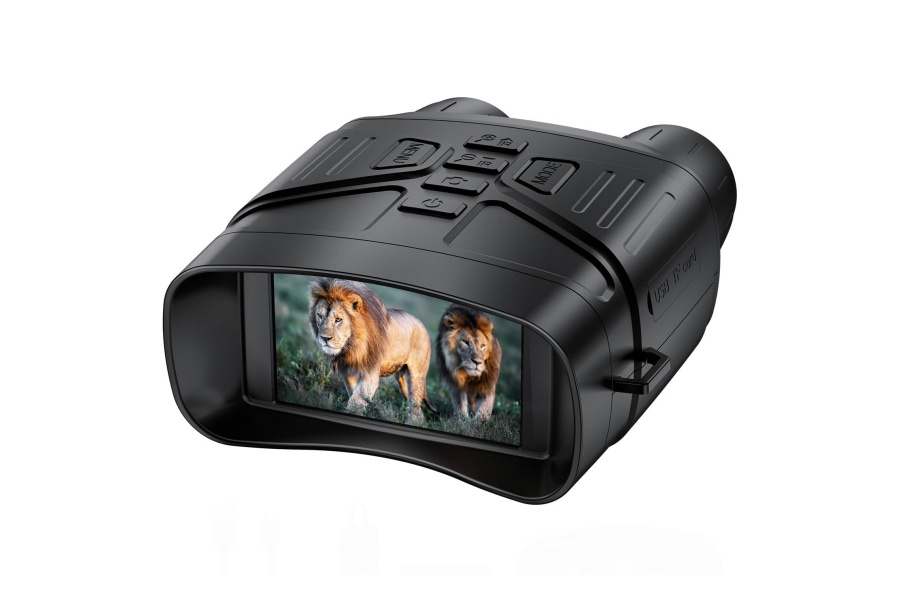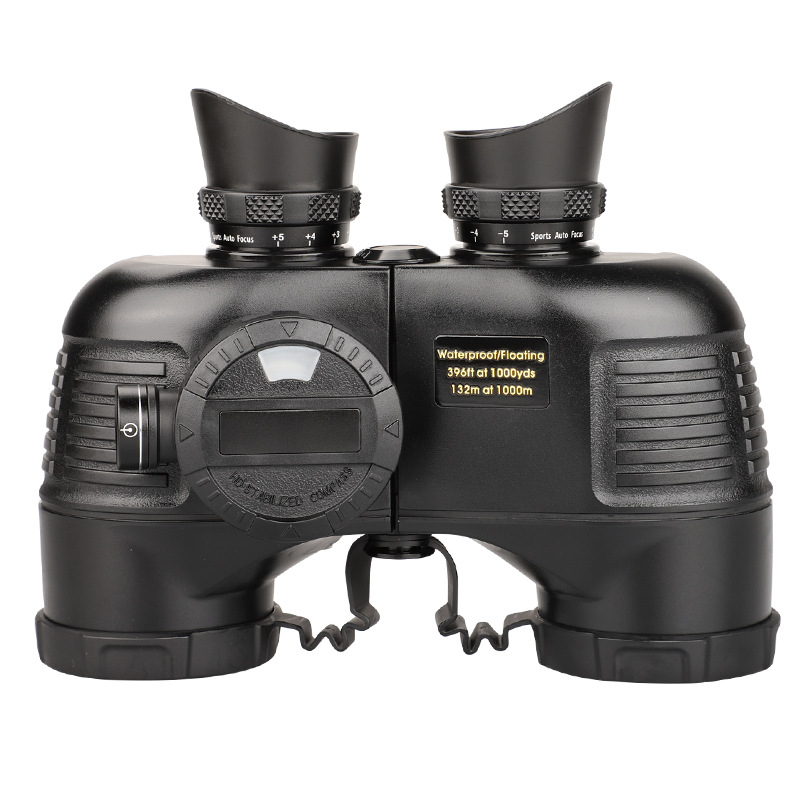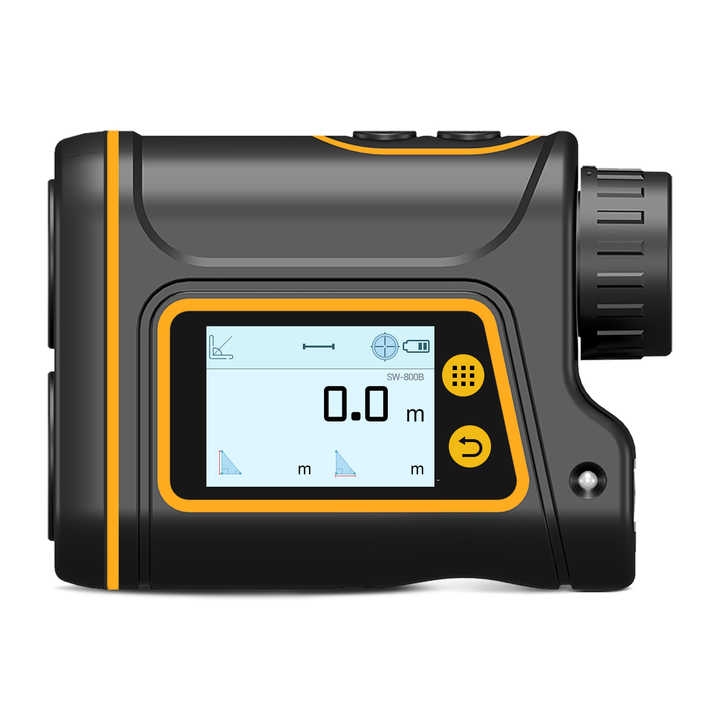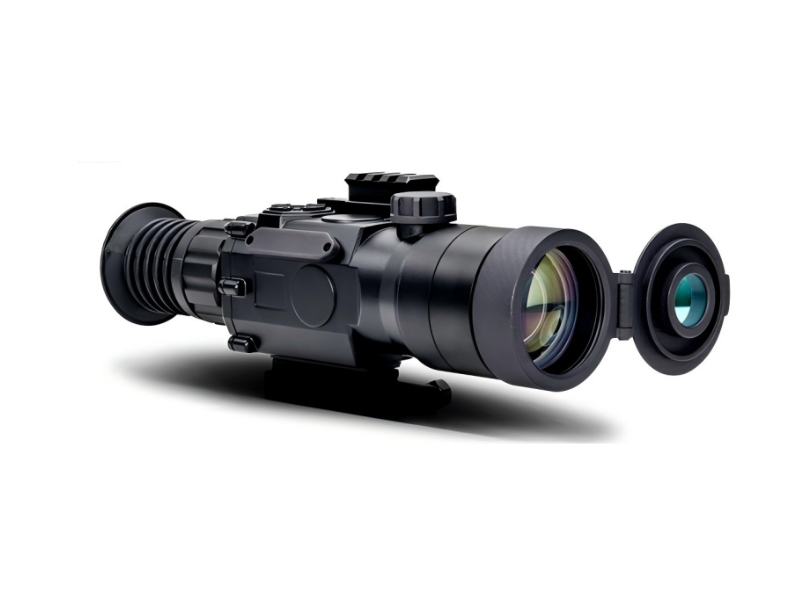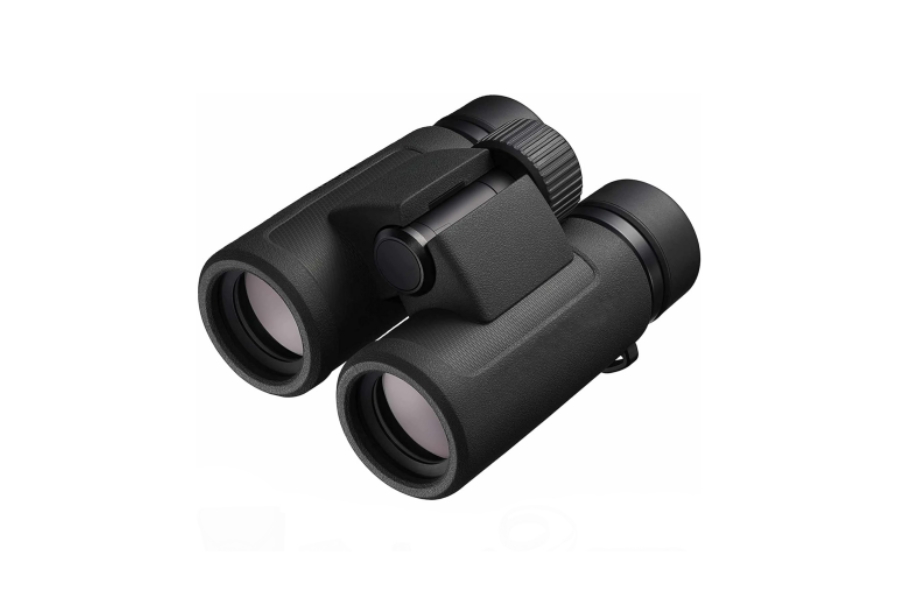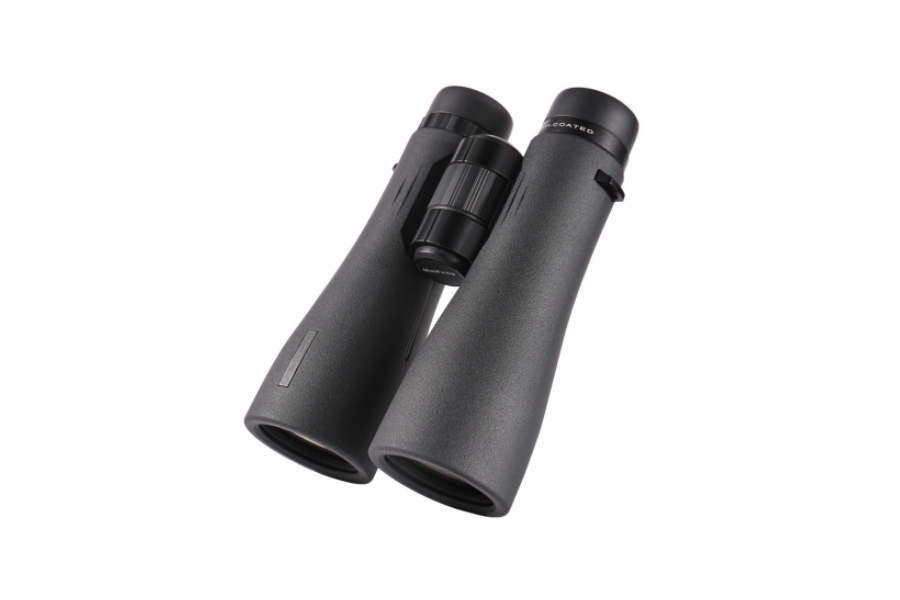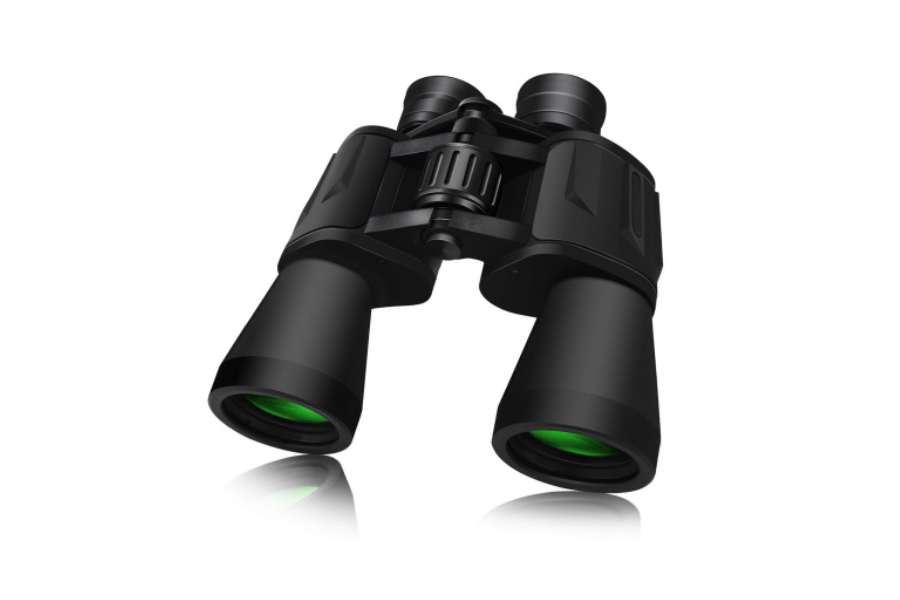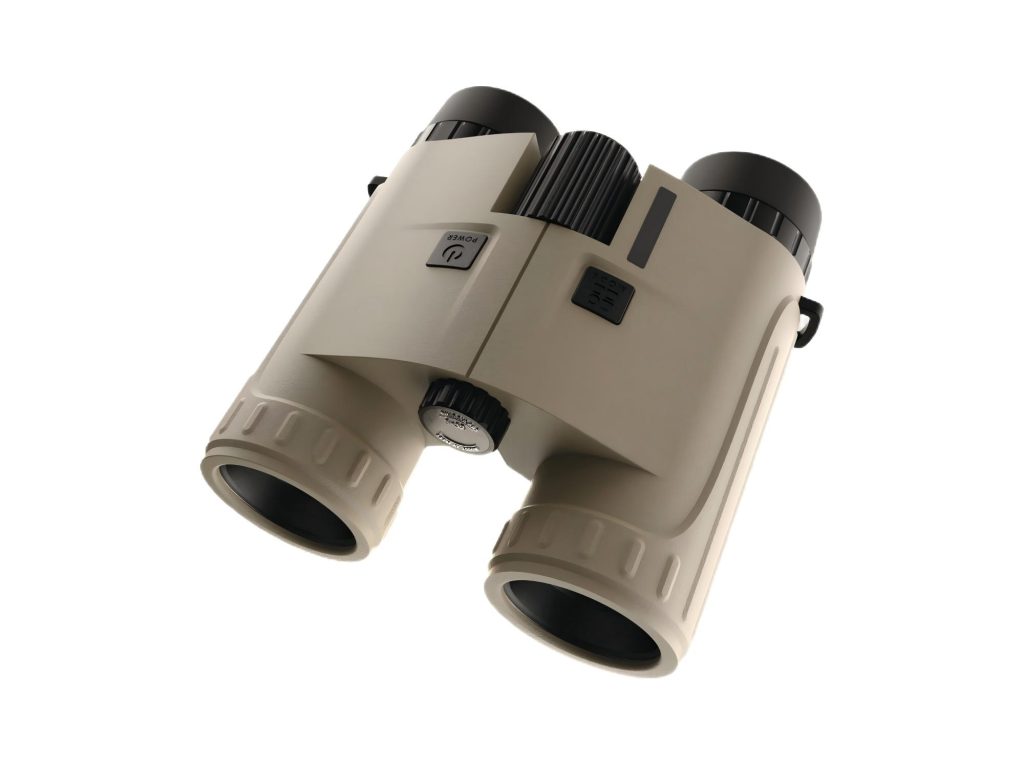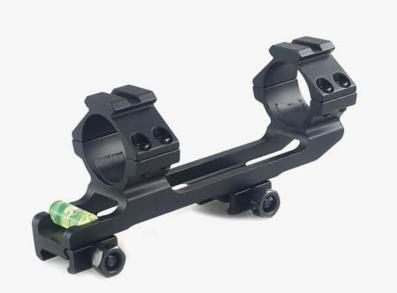In a world where darkness often limits human activity, night vision technology has become a revolutionary tool, transforming how we perceive and interact with low-light environments. From military operations to wildlife observation, night vision devices (NVDs) have unlocked new possibilities across industries. This article delves into the science behind night vision, explores its diverse applications, and provides practical guidance for choosing and maintaining these powerful tools. Whether you’re a hunter, security professional, or outdoor enthusiast, understanding night vision technology can empower you to conquer the dark safely and effectively.
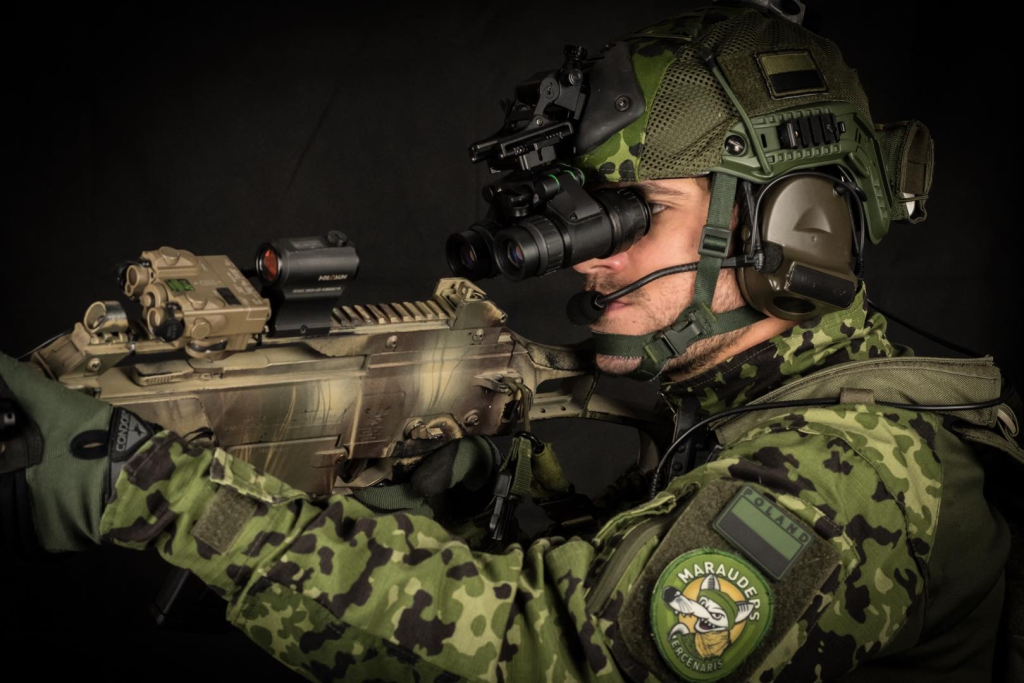
How Night Vision Works?
Night vision technology relies on the principle of image intensification. It doesn’t create light; it amplifies existing ambient light, such as starlight or moonlight, that is invisible to the naked eye. The process can be broken down into three key stages:
Light Collection
NVDs use an objective lens to gather available light (visible or infrared). In devices relying on ambient light, photons enter the system and strike a photocathode, which converts them into electrons. Infrared-based devices, however, emit their own IR light (invisible to humans) and detect its reflection.
Light Amplification
The electrons generated by the photocathode pass through a microchannel plate (MCP), a component lined with millions of microscopic channels. As electrons collide with the MCP’s walls, they multiply exponentially—a process called “electron cascading.” This amplification can boost light intensity by thousands of times.
Image Formation
The amplified electrons strike a phosphor screen, converting back into visible light. This creates a green-hued image (green is chosen because the human eye distinguishes shades of green more effectively in low light). In digital night vision devices, this process is replaced by sensors and digital displays, offering sharper images and additional features like video recording.
Types of Night Vision Devices
Night vision devices can be categorized in several ways:
By Function: Scopes, Goggles, and Cameras
Scopes: Night vision scopes are designed for single-eye viewing and are often used for aiming and observation. They are commonly found in riflescopes, spotting scopes, and monoculars.
Goggles: Night vision goggles are designed for binocular viewing, allowing the user to see with both eyes. They are typically head-mounted, providing hands-free operation and enhanced situational awareness.
Cameras: Night vision cameras capture images or videos in low-light conditions. They can be used for surveillance, security, and other applications where recording is necessary.
By Technology: Generation 1, 2, 3, and 4
Night vision technology has evolved through several generations, each offering improvements in performance and image quality:

- Generation 1 (Gen 1): These are the earliest and most basic night vision devices. They offer a decent image in relatively good ambient light but can suffer from image distortion and blooming (bright spots appearing larger than they are).
- Generation 2 (Gen 2): Generation 2 devices offer improved image quality, resolution, and range compared to Generation 1. They also typically feature a microchannel plate (MCP) for electron multiplication, enhancing light amplification.
- Generation 3 (Gen 3): Generation 3 devices utilize a gallium arsenide (GaAs) photocathode, which significantly increases light sensitivity and image clarity. They also typically have a longer lifespan than previous generations.
- Generation 4 (Gen 4): Generation 4 represents the most advanced night vision technology. These devices offer the highest resolution, sensitivity, and range, and often include features like gated microchannel plates for even better performance in extremely low-light conditions.
Main Applications of Night Vision
Night vision technology has found applications in a wide range of fields:
Military and Law Enforcement
Night vision is indispensable for covert operations, border patrol, and hostage rescues. Modern soldiers use thermal imaging scopes to detect body heat through smoke or foliage.
Hunting and Outdoor Activities
Hunters track nocturnal game without disturbing ecosystems. Campers and hikers navigate trails safely after sunset.
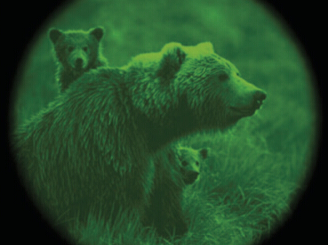
Security
Surveillance systems with night vision cameras monitor critical infrastructure, warehouses, and residential areas.
Scientific Research
Biologists study nocturnal animals, while astronomers use NVDs to observe celestial phenomena without light pollution interference.
Industrial Applications
Inspectors examine pipelines, power grids, or offshore rigs in low-light conditions.
How to Choose the Right Night Vision Device?
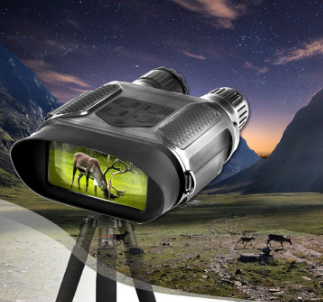
Selecting the right night vision device depends on several factors:
Usage Scenario
Tactical/Hunting: Prioritize Gen 2+ scopes with high magnification and rugged builds.
Surveillance: Opt for fixed cameras with wide fields of view and motion detection.
Recreational Use: Lightweight Gen 1 goggles or digital devices suffice for casual activities.
Technical Specifications
Resolution: Higher resolution (e.g., 1280×720) ensures clearer images.
Range: Match the detection range to your needs (e.g., 200 yards for hunting).
Battery Life: Critical for extended missions. Look for 20+ hours of runtime.
Budget
Night vision devices range in price from a few hundred to several thousand dollars. Determine your budget and choose a device that offers the best performance within your price range.
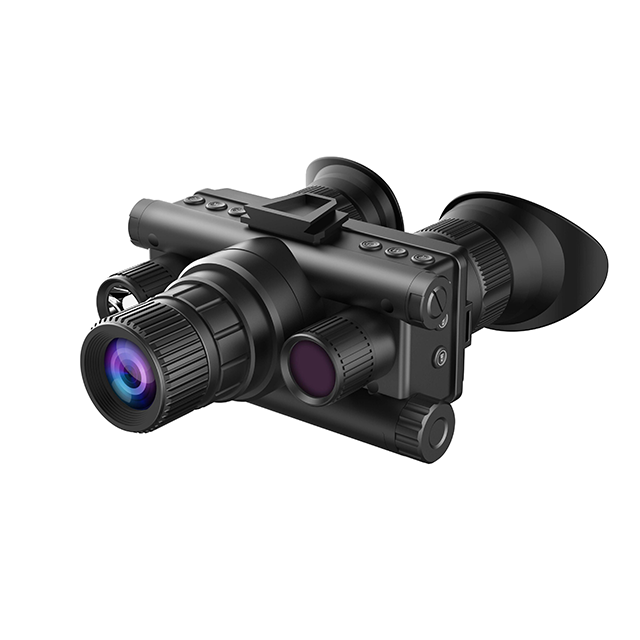
Caring for Your Night Vision Device
Proper care is essential for maintaining the performance and longevity of your night vision device.
· Avoid Bright Lights: Sudden exposure to bright light can damage the intensifier tube.
· Clean Lenses Gently: Use a microfiber cloth and lens cleaner to prevent scratches.
· Store Properly: Keep devices in a dry, temperature-controlled environment.
· Regular Maintenance: Check seals for waterproofing and update firmware for digital models.
Choose FORESEEN OPTICS for Your Night Vision Needs
Night vision technology has opened up a new world of possibilities, allowing us to explore and understand the nocturnal environment like never before. By understanding the science behind night vision, the different types of devices available, and how to choose the right one for your needs, you can unlock the night and experience its wonders firsthand.
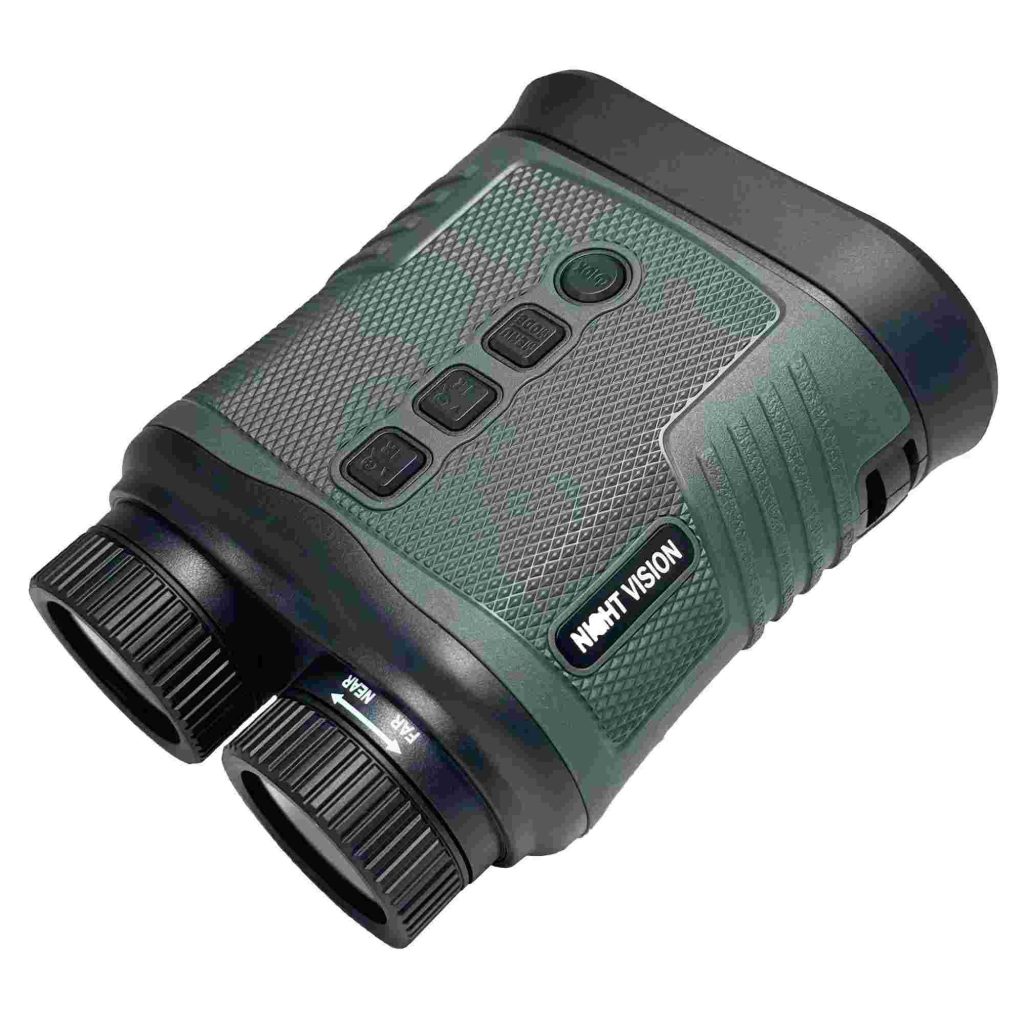
At FORESEEN OPTICS, we combine cutting-edge technology with user-centric design to deliver reliable night vision solutions. Comprehensive product line ensures we can offer high-performance, cost-effective night vision solutions for various applications, including night hunting and other low-light activities, empowering our customers to succeed in challenging environments.

